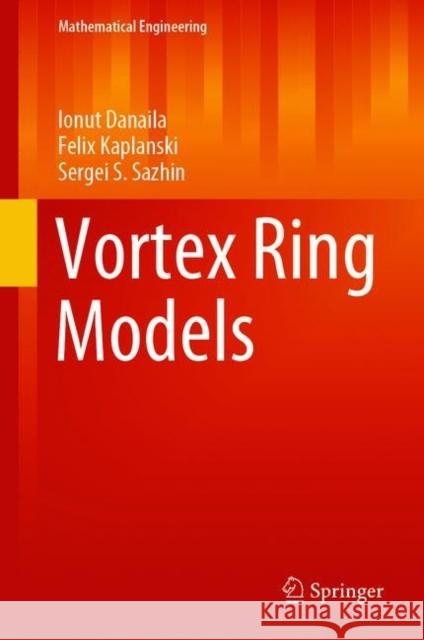Vortex Ring Models » książka
topmenu
Vortex Ring Models
ISBN-13: 9783030681494 / Angielski / Twarda / 2021 / 197 str.
Vortex Ring Models
ISBN-13: 9783030681494 / Angielski / Twarda / 2021 / 197 str.
cena 522,07
(netto: 497,21 VAT: 5%)
Najniższa cena z 30 dni: 501,19
(netto: 497,21 VAT: 5%)
Najniższa cena z 30 dni: 501,19
Termin realizacji zamówienia:
ok. 22 dni roboczych.
ok. 22 dni roboczych.
Darmowa dostawa!
Kategorie:
Kategorie BISAC:
Wydawca:
Springer
Seria wydawnicza:
Język:
Angielski
ISBN-13:
9783030681494
Rok wydania:
2021
Wydanie:
2021
Numer serii:
000383560
Ilość stron:
197
Waga:
0.50 kg
Wymiary:
23.88 x 19.56 x 1.52
Oprawa:
Twarda
Wolumenów:
01
Dodatkowe informacje:
Wydanie ilustrowane











